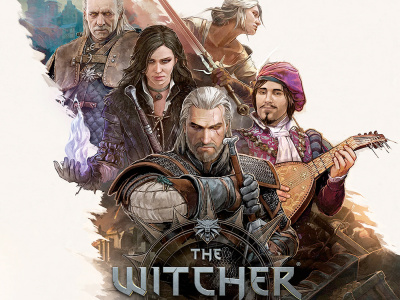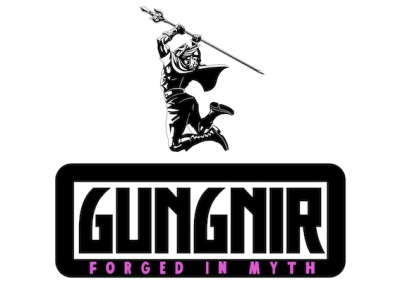
In a little over two years, Crunchyroll.com became the number one anime Website by offering a multitude of user-uploaded anime videos, many without the permission of the licensor. Now it is making a major change by offering only licensed videos on its site beginning in January, including some, such as Naruto Shippuden episodes, almost immediately after the initial broadcast of the new episode in
We’re curious about your perspective on two other means of delivering content to fans, DVDs and television, and what the impact of online delivery the way you’re doing it will have on them. What do you think the impact will be of increased online delivery on those two distribution channels?
In terms of DVD, I would classify that as more physical media, physical merchandise. I firmly believe that having more audience, having more people watch your show, getting more exposure is going to drive more purchase of physical media as well as physical merchandise. That’s not just me; there’s a number of people in the industry that feel the same way. For example, I read an article on your site with a spokesperson from Viz saying exactly the same thing. There are people in Time Warner and so forth who have said this as well.
In terms of television I think the one really significant event that happened was Cartoon Network dropping the Toonami service, which is very unfortunate. I grew up watching Dragon Ball, Gundam and other shows on Toonami when I was a kid. What I think is very significant for us and it really positions us in a great way is that Crunchyroll is now the number one way for people to watch anime for free, not just online but on television as well. There’s really no other way for people to watch the breadth and depth of content that we have on our site. We hope to drive more audience, and grow the anime fan base. I firmly believe that will converge into more people who want to buy the physical merchandise, buy the DVDs, and so forth.
So you see the online delivery as sort of replacing what has been lagging a little bit on television, giving fans an opportunity to see content in more ways?
Yes, definitely. It’s a little bit funny because everyone complains, “Oh. I guess the kids in
We see you’re starting to put your toe in the water in manga. What are your thoughts on manga and the future of Crunchyroll?
Manga is something that we will continually explore. It’s definitely a different type of medium for us. Things are very initial right now. I can’t really make promises on how far we’ll get into that. It’s going to be a little bit different monetization strategy mostly because you can monetize a lot better on print. Print is a very good format for people to carry. So initially it will probably start online as more of a promotion and going forward we’ll have to explore different business models to monetize the manga segment.
We do see some parallels in the sense that there are a lot of illegal scanlations out there of manga. It’s the same kind of situation as anime. It appears in
Definitely. These are things that we’d love to explore. Right now we’re very focused on bringing the video part of the business and really building audience and revenue sharing and giving a good value proposition for publishers.
How do you see the situation developing—you’ve got Crunchyroll which is targeted at a particular portion of the audience. Then you’ve got competing sites like Hulu or Joost that are trying to deliver very broad content. Do you see those coexisting? Or do you see one or the other model prevailing?
Definitely coexisting. The reason is because we see ourselves as a little bit of a different audience, like you said, versus Hulu. For example we see ourselves as the core anime fans in the
On the download to own side, who’s your competition and how do you differentiate yourselves?
On the download to own side we just offer one option, one possibility for licensers to up-sell their videos via download to own. We’re definitely very happy working with publishers if instead of driving the traffic to our download to own they want to drive it to iTunes or Xbox, or some of the other proprietary platforms. That’s something that we’re totally fine with. It makes licensers more money and just because people watching the shows for free or for subscription want to download it on a different platform doesn’t mean we shouldn’t be working with those guys.
What’s your view of the coming months?
I think the winds of change are upon us. It’s really happened a lot quicker than I think anyone really anticipated, even us. I’m really excited about being able to offer our subscription plan. It took a lot of effort and energy to put together but being able to bring the content one hour after it airs in







